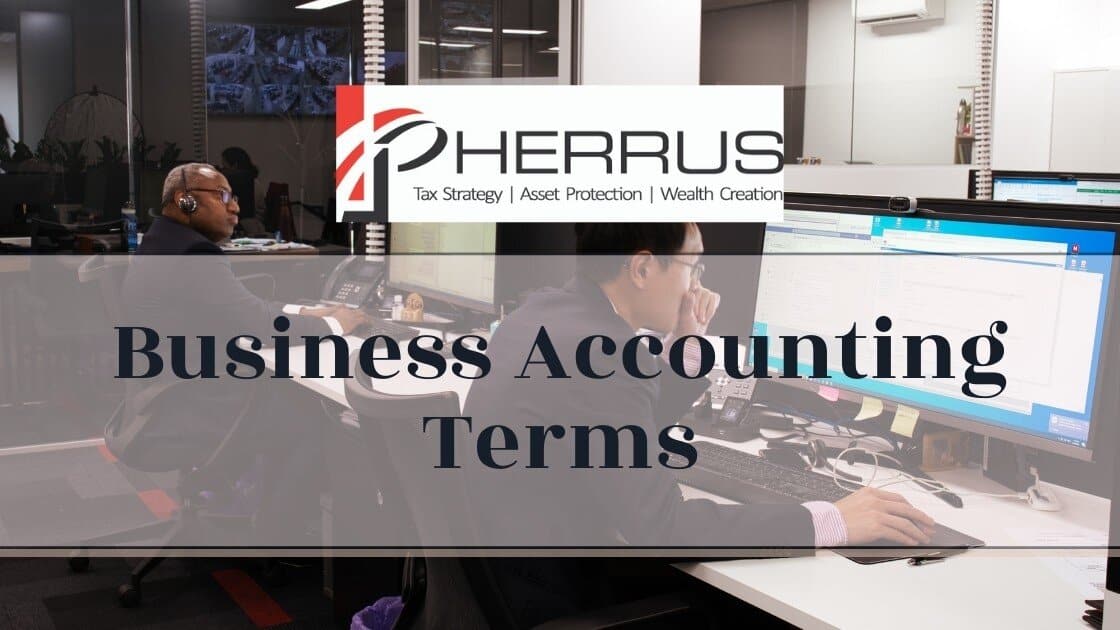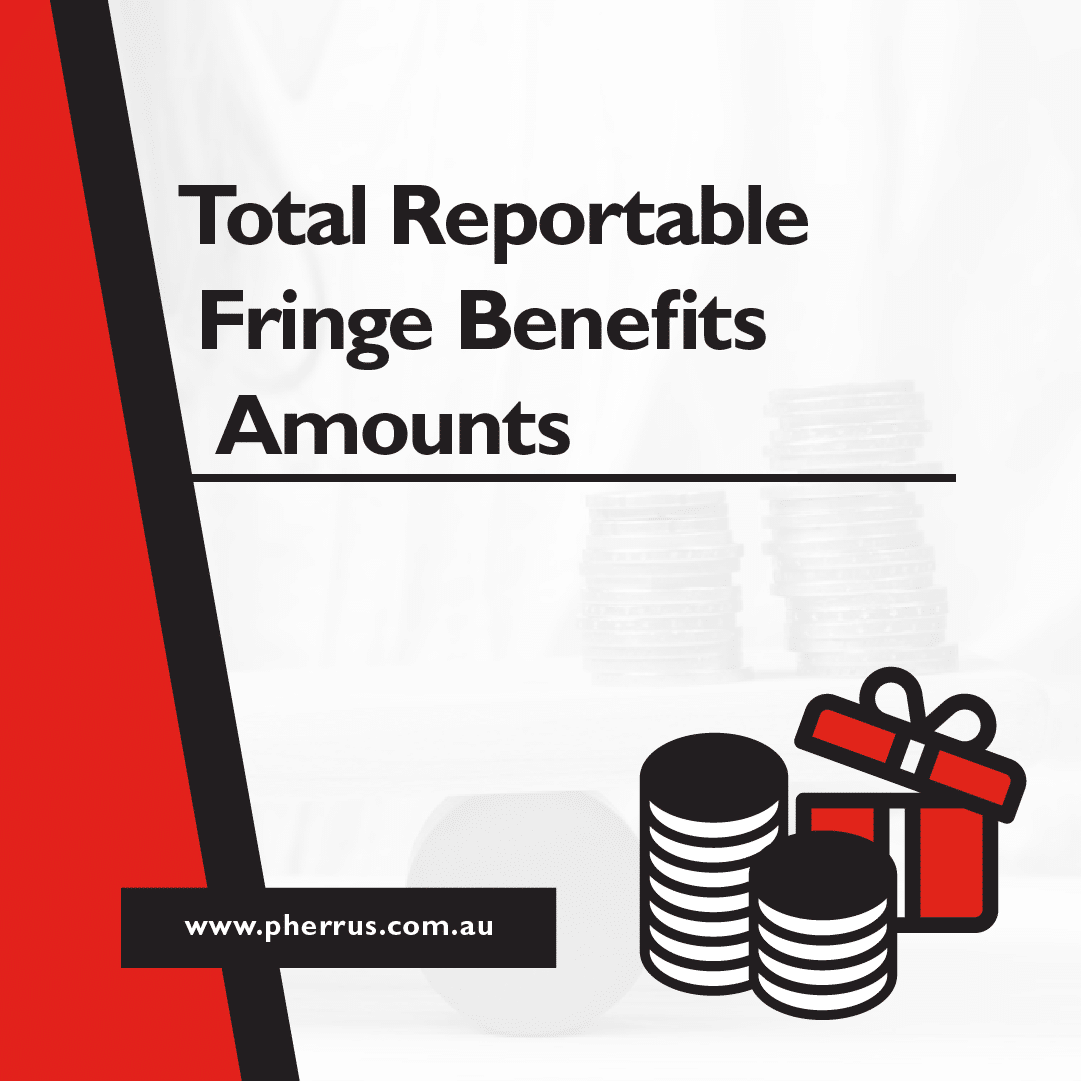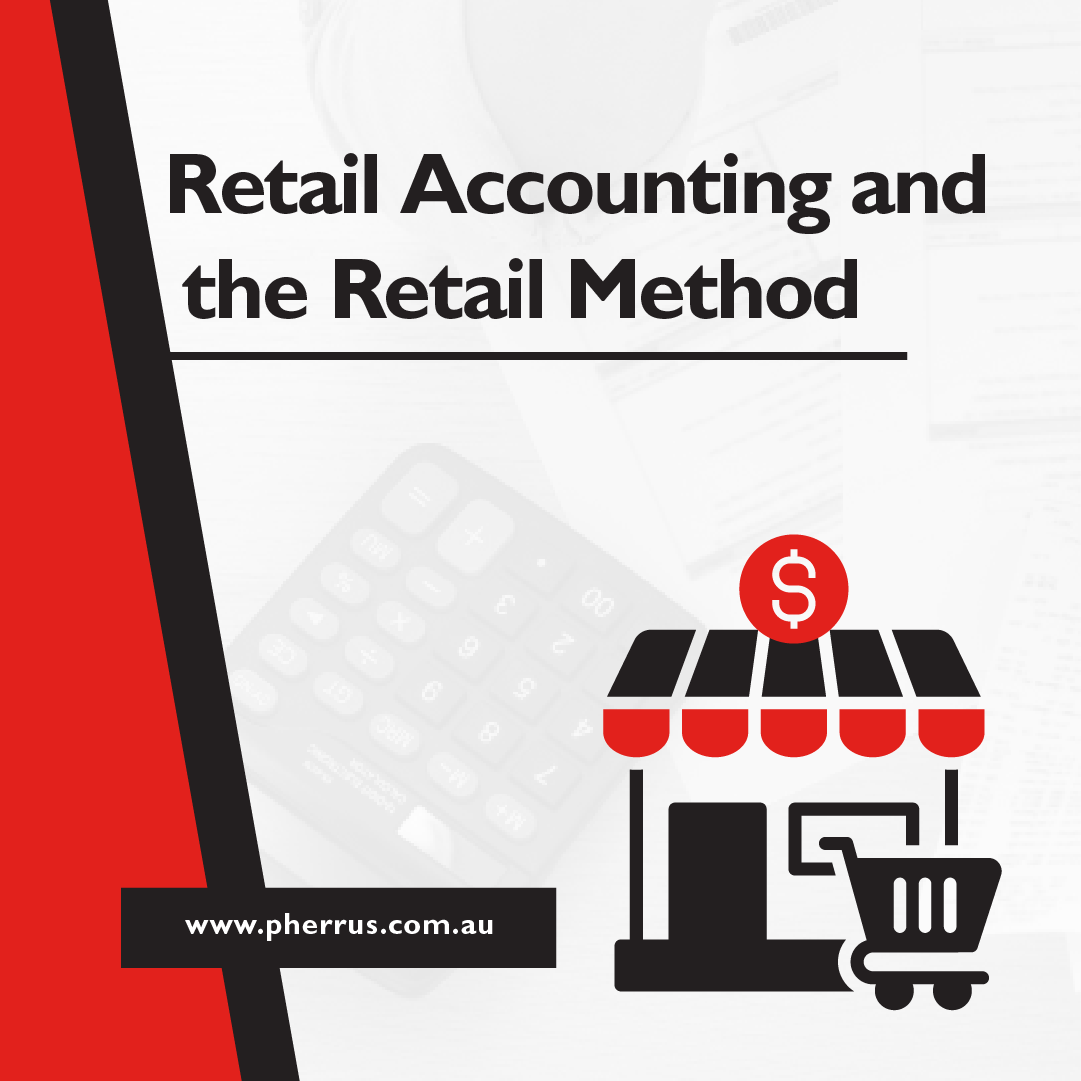The accounting profession is full of acronyms, phrases and terminologies that can make it difficult for small business owners with little or no accounting experience to understand what’s going on.
But while accounting sounds confusing on the face of it, once you understand a few basic accounting concepts, there isn’t all that much to it.
That’s why we have put together a glossary of basic accounting terminologies to help business owners like you better understand the basics of accounting.
The following list contains most of the accounting terms to know when compiling your annual accounts, filling in your general ledger or talking to your accountant or bookkeeper.
Basic accounting terms
Assets
Assets are items owned by the business that can be turned into cash. Assets can be both tangible such as property, vehicles, or computer equipment or intangible such as intellectual property, trademarks, mailing lists and broadcasting rights.
Assets are divided into the following four categories:
Fixed assets – These are items that cannot be easily converted into cash. Examples include buildings, land, vehicles, and specialist business equipment.
Current assets – These are assets the company expects to convert into cash within one financial year. Examples include stock or inventory, short-term deposits and prepaid expenses.
Liquid Assets – These are assets that can be easily converted into cash. Examples include cash, mutual funds, bonds and shares.
Prepaid expenses – These are advance payments made for goods or services the company expects to use in the near future.
Capital
Capital refers to any financial assets the company owns, including bonds, securities and cash held in deposit. The amount of capital a company has available indicates its overall financial health. Depleted capital reserves can impact a company’s ability to meet day-to-day payments.
Cash basis accounting
Cash basis accounting means that you account for GST (Goods and Services Tax) on your business activity statement for the period in which you make or receive payments.
This method of accounting makes it much easier for small companies that handle large amounts of cash to manage their day-to-day accounts. This option is only available to businesses with a turnover of less than $10 million.
Chart of accounts (COAs)
A chart consisting of all the General Ledger accounts that exist within any accounting system.
Closing the books
Closing the books refers to all the financial transactions completed within a given period. This makes it easier for accountants to create accurate financial reports including interim balance statements and quarterly reports.
You may sometimes hear the term ‘year-end-closing’ used. This is one of those basic terms that refer to the end of the financial year where accounts have to be reconciled and closed before submitting a tax return to the ATO.
Cost of Goods Sold (COGS)
Cost of Goods Sold (COGS) includes the total cost of labour, goods and materials used to create the products sold each year. COGS excludes indirect costs associated with product procurement such as distribution expenses.
Credit
Represent a general ledger entry that my either decrease assets or increase liabilities and equity. Credits increase income and usually decrease expenses.
Debit
Represent a general ledger entry that my either increase assets or decrease liabilities and equity. Debits increase expenses and usually decrease income.
Depreciation
Depreciation is the amount an asset that decreases over its lifetime. This amount can be offset against tax. There are several methods of accounting for depreciation. Prime cost or straight line, diminish value method and immediate write-off. Most small businesses use simplified depreciation which allows qualifying business owners to immediately write off assets.
Dividends
This represents the distribution of profits to shareholders as a reward for providing equity to the company.
Equity
Sometimes referred to as ‘owners equity’ or ‘stockholders equity’. This is the remaining value in a company once all liabilities are deducted.
Equity is calculated as follows: Assets – Liabilities = Equity
Fixed cost
This refers to costs incurred by the business which remain constant across the year. Examples include vehicle lease payments, rent and broadband. Fixed costs differ from variable costs which fluctuate depending on the volume of transactions.
Goods and Services Tax (GST)
Goods and Services Tax is applied to most goods and services in Australia, at the rate of 10%. Businesses registered for GST must collect the tax from customers at the sale. Depending on your turnover, this revenue is paid to the ATO on either an annual or quarterly basis.
Gross profit
Gross profit is the amount of money left over after deducting the cost of making or selling a product or service. Gross profit is calculated by subtracting the total cost of goods sold from revenue.
Inventory
Inventory appears on the balance sheet as an asset class and refers to the total amount of product or material held in stock. Inventory can include both finished products or the raw materials used to make products.
Liabilities
Are financial obligations or debts that an entity owes. Liabilities are shown on the balance sheet. These include items such as vehicle loans, mortgages, deferred revenue and accrued expenses.
Net profit
Also know as the “Bottom Line” is the final income or loss position of an entity at any given point in time. It is normally calculated by adding all of an entity’s Revenue/Income and subtracting all Cost/Expenses.
Non cash basis accounting (accruals)
This is an accounting method that accounts for GST on the business activity statement for the period in which you either received payment or issued an invoice, or received an invoice from a supplier before payment.
This accounting method is best suited to companies that offer credit to customers. Smaller companies that deal mainly in cash, such as hairdressers, would be better off using the simpler Cash Basis Accounting method.
Overhead
This refers to the costs incurred while running a business that cannot be attributed to the cost of sourcing products or supplying services. Examples include; insurance, legal expenses, taxes, utilities, rent, accounting expenses, and other administrative costs.
Receipts
Receipts represent the amount of money taken in across any specific accounting period. They represent both cash sales and money received from other sources including royalties, leases, loan repayments or funding from investors.
Retained earnings
This is the accumulated net income of a company after paying dividends to shareholders. Retained earnings are usually reinvested in the company, but they can also be used to reduce debt.
Return on Investment (ROI)
Return on Investment (ROI) is the profit you will earn from investing in new equipment or facilities. ROI is worked out by dividing the expected net return on investment by the cost of the investment. The result is expressed as a percentage or ratio.
Revenue
Revenue is one of the most common accounting terms, but it is also one of the most misunderstood. Revenue is the total amount of income received in exchange for goods or services.
Turnover
Turnover is the total amount of money a company receives during a given period. This includes revenue from sales and income from other investments such as bonds, shares or interest-paying accounts.
Variable cost
Variables are costs that vary with the number of goods sold. An example would the raw materials used to make a product. The more product you make, the more raw materials you require. Variable costs differ from fixed costs, which remain the same regardless of the number of goods sold.
Bookkeeping terms
Accounts payable
This is the amount due to suppliers or vendors for supplying goods or services. To be classed as accounts payable, goods must have been received but still be awaiting payment. Accounts payable is the opposite of accounts receivable.
Accounts receivable
This is the amount of money owed to you after supplying goods or services. Accounts receivable is listed on the balance sheet as a current asset. Accounts receivable is the opposite of accounts payable. One company’s accounts receivable is another company’s accounts payable.
Accounting period
This is the period covered by the financial statement. For most small companies, accounts are reconciled annually, so your accounting period is one financial year. Larger companies, however, may break down the accounting year into quarters. In this case, each quarter represents an accounting period.
Balance sheet
The balance sheet is essentially a snapshot of a company’s financial health. It shows the total value of a company’s assets, liabilities and shareholder equity for any given period. As the name suggests, the balance sheet must always remain balanced, with the total value of business assets equalling liabilities and shareholder equity.
Cash flow
Cash flow is the net amount of cash being transferred into and out of the business each month. It is a ledger of the cash coming in from customers in exchange for goods and services and cash that is paid out to cover expenses such as rent, loan repayments, raw materials and labour.
Double-entry bookkeeping
Double-entry bookkeeping is an accounting system that records every transaction in two accounts. These accounts are known as the debit account and credit account and are typically shown as two separate columns in your accounting software. For the books to remain balanced, a debit from one account must be recorded as a credit to another.
Expenses
Expenses are the costs incurred as part of your everyday business activities.
Expenses are divided into the following categories:
Operating – The Cost of Goods Sold (COGS) marketing, salaries and insurance.
Non-operating – Interest and taxes, impairment charges.
Fixed – Expenses that do not change from accounting period to period and include items such as office rents and salaries that don’t fall under operating expenses.
Variable – Expenses that change over time due to economic changes. COGS, Packaging, shipping expenses, transaction fees, commissions and some marketing expenses.
General ledger
The general ledger is a document that provides a complete record of your financial transactions. The General Ledger is a fundamental part of both the double-entry and Journal accounting systems.
Without the general ledger, it would be almost impossible to file accurate tax returns, monitor cash flows, pay creditors, identify fraud and determine profitability. The ledger is also used to compile key financial statements such as the balance sheet, cash flow statement and income statement.
Journal entry
The journal entry is a record of each financial transaction in the general ledger. Journal entries are divided into Credits and Debits. For the books to remain balanced, the total amount debited from the debit column must equal the total amount credited to the credit column and vice versa.
Payroll
Payroll is a basic accounting term that is used to describe the process companies use to pay their employees. The payroll process can be broken down into several steps, including calculating tax and withholdings, paying super contributions, tracking holiday and sick pay and disturbing payments.
Profit and Loss Statement
This is a financial report that provides a snapshot of a company’s financial performance for any given period. The statement is broken down into the following three sections; Income, Cost of Goods Sold and Overhead Expenses.
Single-entry bookkeeping
Single-entry bookkeeping is an accounting system that only records a single entry for each transaction. See double-entry bookkeeping. Single-entry bookkeeping is easy to understand and manage, which makes it popular with many small business owners.
However, single-entry bookkeeping cannot be used to monitor accounts receivable, accounts payable or maintain accurate inventory. This makes generating a balance sheet or income statement almost impossible. For this reason, single-entry bookkeeping is only suitable for very small owner-managed companies.
Trial balance
The trial balance lists the final balance for each of the individual general ledger accounts. This helps to ensure that all entries made into the ledger are properly balanced.
Need help with your business accounting?
Pherrus Financial Services is one of Sydney’s leading tax and financial planning firms. We offer a range of financial services tailored to small business owners, including tax return preparation, payroll and booking keeping services and debt management.
So, if you would like help with your business accounting, get in touch with our small business specialist team today by calling 02 9099 9109 or complete the contact form here.




